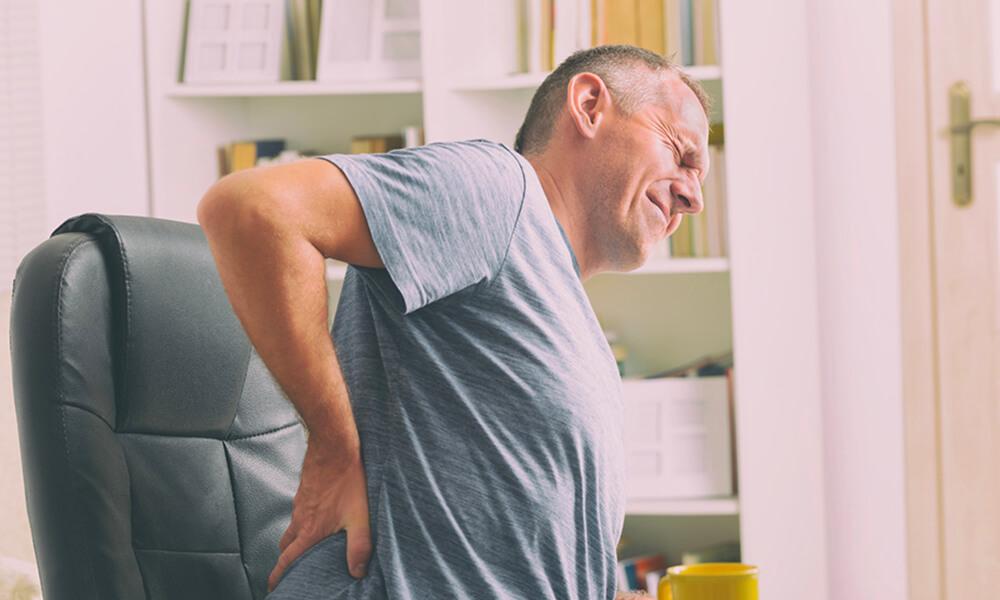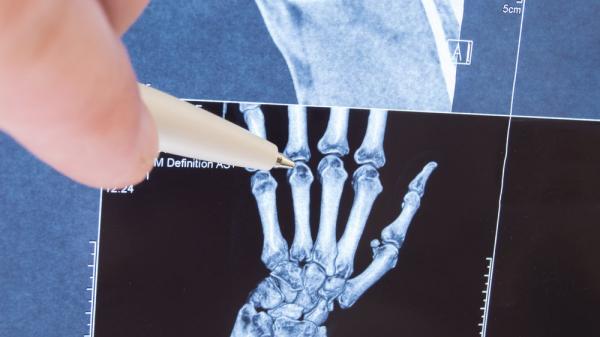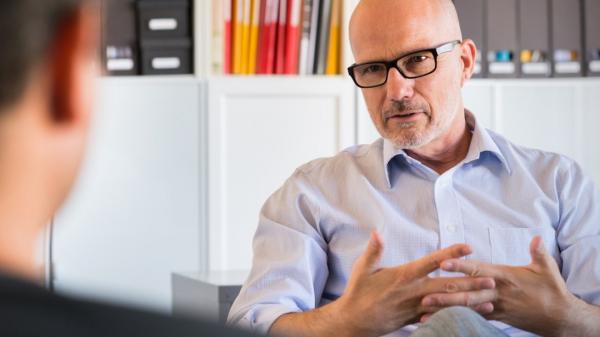

What is low back pain?
Low back pain is pain that is felt in the lower part of the spine. It is very common with four out of five people experiencing it at some time in their lives. Low back pain is not usually a sign of arthritis or any other serious medical problem. Most bouts of low back pain get better in several weeks with or without treatment.
If you experience low back pain, it is probably a self-limiting musculoskeletal pain and not due to your arthritis.
What are the symptoms?
Low back pain can be felt as a sharp pain, ache or spasm. It can be felt in the midline of the back or on either side. Your back may feel stiff, making it difficult to turn or bend in certain directions. Sometimes pain can be felt in one or both of the legs. Along with pain, you may also experience a range of feelings and emotions, such as anxiety, worry, fear or distress.
Back pain is common but is rarely due to serious disease. Staying active will help you get better faster and prevent more problems.
Should I see a health professional?
Most people with low back pain do not need to see a doctor or other health professional as the pain will get better within a week or two. In most cases tests such as x-rays, scans and blood tests are not helpful in finding out the cause of back pain. They are best avoided as they may lead to further unnecessary or harmful medical interventions.
Talk to your doctor if your pain does not settle down after a few weeks, or starts getting worse, or you become very worried by it. A physiotherapist can also be helpful in providing reassurance and helpful information.
You should see your doctor immediately if:
- you have new symptoms such as losing weight, sweats and chills, problems controlling your bladder or bowel, tingling or numbness in your legs or saddle region (around your buttocks, genitals and upper thighs)
- you have osteoporosis or a history of cancer
- you are prone to infection, or you are an intravenous drug user.
What will happen to me?
For most people low back pain is an unpleasant but common condition that settles down fairly quickly. This usually takes 1-2 weeks but can last several weeks for some people. After two months, 9 out of 10 people will have recovered. For many people, low back pain can return over the years but your experience and learnings from your previous bout can support you in returning to normal function more quickly.
What can I do?
Learn about back pain and play an active role in your treatment. Not all information you read or hear about is trustworthy so always talk to your healthcare team about treatments you are thinking about trying. Reliable sources of further information are also listed in the section below. Self-management courses aim to help you develop skills to be actively involved in your healthcare. Contact your local Arthritis Office for details of these courses.
Stay active and healthy. Your back is designed for movement. Continuing with your normal activities or returning to them as soon as you can will help you recover from a bout of back pain. Some pain with activity is normal but does not mean it is causing harm. You may need to rest or reduce some activities when the pain is excessive. But resting for more than a day or two usually does not help and may do more harm than good. See a physiotherapist or exercise physiologist for advice about exercises to keep your back moving. If you are carrying extra kilos, losing weight with the help of a dietitian may be of benefit, as may be strategies to reduce stress and anxiety.
Learn ways to manage pain. There are many things you can try, including
- hot packs: may relax muscles
- herbal medicines: capsaicin (capsicum frutescens) as a plaster or patch, may be useful and has shown some benefit in research. Always talk to your doctor or pharmacist about your medicines, as all medicines can have side effects.
- tai chi or yoga: these may be helpful, especially with long-term (chronic) low back pain
- targeted training or exercise programs: any type of exercise you enjoy is beneficial for back pain. For example, you could try McKenzie therapy, Alexander technique, sling exercise, graded activity exercise, or motor control exercise. Pilates, may be useful for short to medium term low back pain. Many of these have been developed to improve function, posture or low back muscles and may be especially helpful for long-term back pain.
- hydrotherapy: the warmth of the water may help decrease pain and muscle tension and help improve flexibility, strength and fitness
- massage or manipulative therapy: may be useful for both short and long-term back pain, especially when combined with exercises and education
- multidisciplinary pain programs: have been shown to be effective for long-term back pain. These combine exercise, pain education and emotional wellbeing and aim to reduce medications.
- understanding pain: pain coaching, cognitive behavior therapy from a psychologist or physiotherapist trained in this area, or mindfulness/meditation can lessen pain intensity, reactivity and distress
- acupuncture: has been shown to relieve longer-term (chronic) back pain but how well the effect lasts is still unclear.
- medicines: non-steroidal anti-inflammatories (NSAIDs) may help some people. Topical gels and creams are safer options than pills which can be harmful to people with, or at risk of heart disease, heart failure, kidney impairment or a history of stomach ulcers.
The following treatments are not currently recommended for most cases of low back pain because there is little or no evidence of benefit: lumbar supports, transcutaneous electrical nerve stimulation (TENS), laser therapy, traction, any type of injections into your back, therapeutic ultrasound and short-wave diathermy.
Talk to your healthcare team if you are very worried. A physiotherapist or GP can be helpful if you are very concerned about physical symptoms. A psychologist can help you manage anxiety, fears or worry. You will usually find there is no serious cause for your back pain and there are ways you can deal with it.
Acknowledge your feelings and seek support. It is natural to feel worried, frustrated, sad and sometimes angry when you have pain. Be aware of these feelings and get help if they start affecting your daily life.
CONTACT YOUR LOCAL ARTHRITIS OFFICE FOR MORE INFORMATION AND SUPPORT SERVICES.











